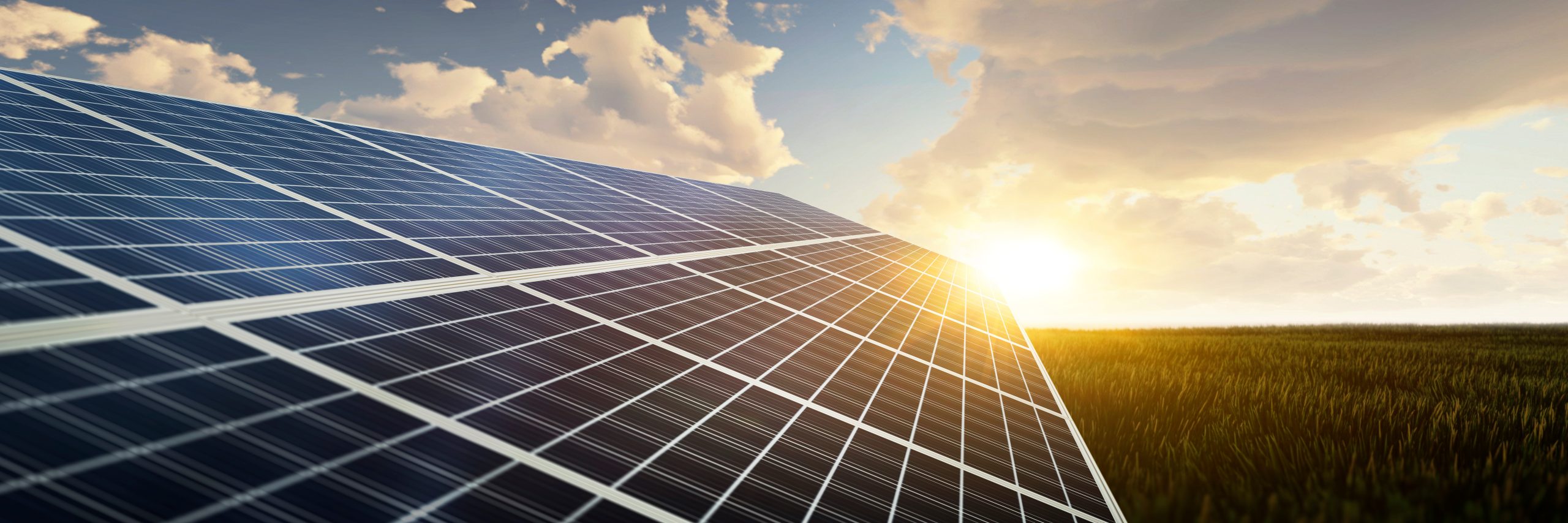More than 92 million Nigerians don’t have access to electricity, and most who do have access experience unreliable and intermittent electricity at best. For decades, Nigeria has invested billions of dollars in improving access to power, yet much of the country remains dark. Solar energy has the potential to create access to electricity for millions of people across the country. How can its growth be accelerated?
During interviews for our newest paper, Accelerating the adoption of solar energy in Nigeria: A market-creation strategy, the most commonly cited barriers to solar adoption were technical (a lack of technical capacity and a shortage of investment in research and development to grow the sector); financial (a lack of investment to finance solar projects and low earning or purchasing power, which makes solar products too expensive); social (a lack of awareness of the value of solar products and competing existing norms and customs); and political (a lack of political will to support the growth of the sector and limited clarity on existing regulations).
Categorizing the barriers to solar energy growth as financial, technical, social, and political implies that the solution to growing the sector is more funding, better policies, raising awareness, and improving investments in solar energy R&D. Making improvements in any of those dimensions will definitely help, but is unlikely to significantly accelerate the adoption of solar energy.
For example, the Nigerian government has introduced several plans and agencies, such as the Rural Electrification Agency (REA) to accelerate the adoption of solar energy in the country. Alongside the Nigerian government, development banks, such as the World Bank and the African Development Bank, have also increased their investment in this space. Nigeria’s REA for instance, has spent more than half a billion dollars on solar and other off-grid initiatives, such as the Standalone Solar Home Systems for Households and Micro Small Medium Enterprises (MSMEs) Output Based Fund, and the Market Scale-up Challenge Fund. Although these agencies and investments are helpful, these initiatives will struggle to remain sustainable if there isn’t an effort to overcome two important market creation barriers first:
- understand infrastructure vs. innovation; and
- prioritize distribution over discovery and democratization.
Market-creation strategies
First, solar energy, like many other infrastructures, is simply an enabler. By itself, it has little to no value. But when attached to other things for which there is a market, such as machinery, appliances, and vehicles, its power becomes apparent. Infrastructure is the most efficient mechanism through which a society stores or distributes value. And so, it becomes clear that the value of an infrastructure is inextricably linked to what it stores or distributes. This means that every infrastructure investment must generate enough economic activity to pay back the capital used to build and maintain it. Too many solar energy infrastructure projects fail as a result of not adhering to this simple rule. If solar energy innovators identify an anchor market and promote productive use of solar energy then their investments are more likely to be sustained.
Second, the various programs and efforts to support solar energy entrepreneurs don’t follow the process of market creation.
The process of market creation follows a fairly predictable pattern. First, a discovery must occur. Discoveries can be an invention or technology, a new business model, a new process, or a new product. Second, a distribution mechanism must be developed to enable widespread adoption of the discovery. Distribution includes activities that necessitate the creation of a new value network focused directly on nonconsumers. And finally, the third phase is democratization, which happens when an innovation is deemed so important or critical that it’s decided (usually by governments, international organizations, and nonprofits) that everyone should have access to it.
Many programs designed to spread the use of solar energy in rural areas fall under discovery and democratization.
Unfortunately, without the necessary investments in distribution, the solar energy market will struggle to develop sustainably. For example, the perception of solar energy products in Nigeria remains quite negative despite the sector’s global growth. Perception and cost issues are common during the initial stages of market creation. But investments in distribution activities of market creation, which include mass marketing, often help mitigate perception and cost concerns.
To learn more about the other market creation barriers to solar adoption in Nigeria, and our recommended strategies to overcome them read our latest paper. We truly believe that employing market creation strategies can finally help Nigeria leverage solar energy to not only provide power, but to enable progress in people’s lives and the country’s own development.



